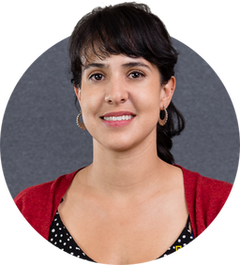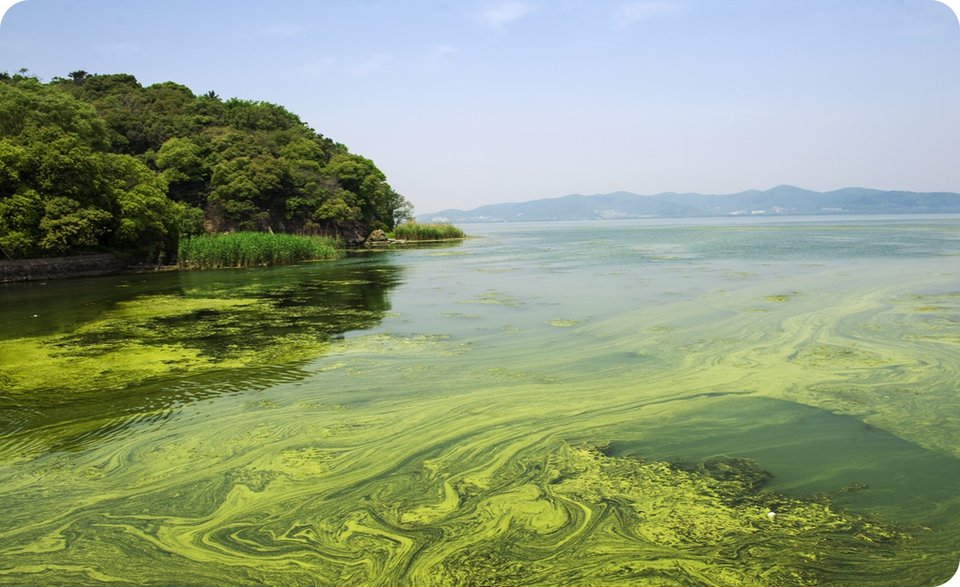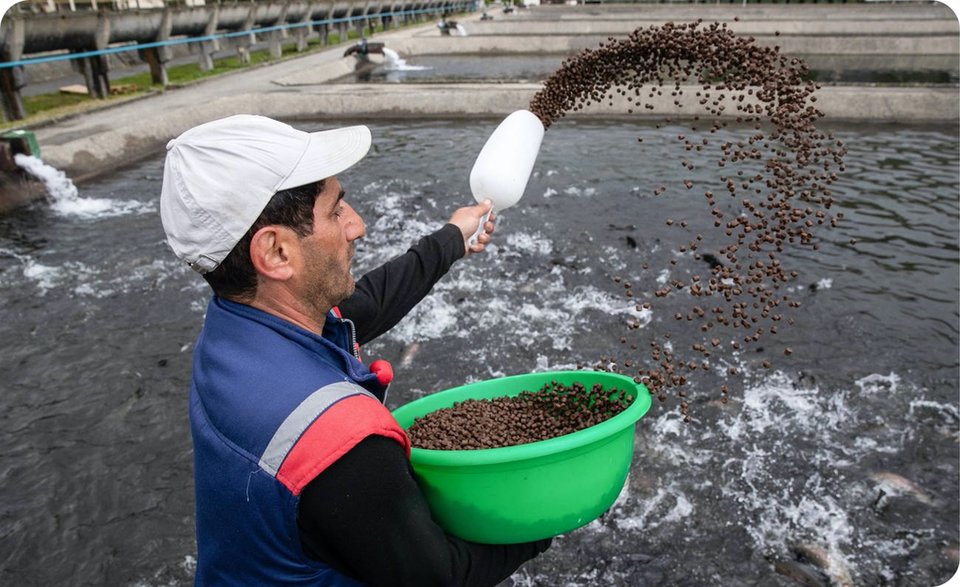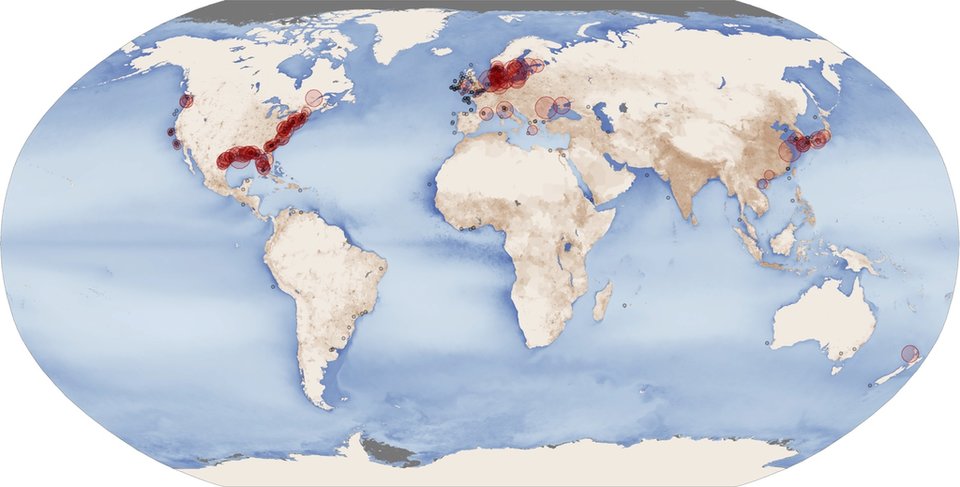
MarissaCuevasFloresisthefounderandCEOofmicroTERRAbasedin Mexico.
Q:Let’sstartbytalkingaboutenvironmentalscientists.Whydidyouchoosetobecome one?

A:Therearetwokindsofenvironmentalscientists.Bothkindsstudytheenvironmenttolearnhowitbehavesandhowpeople affect it.Thefirstkindjuststudyandobserve.Thesecondkindtrytoreversethedamagepeopledo.Theyusethetoolsofbiology,chemistry,and engineering.
Iamthesecondkind.Ineededtohaveapurpose.ItrytofixtheproblemsIsee.Thatkeepsmemotivated.Forme,sciencehasalwaysbeenthegreatesttoolthathumanbeings have.
Q:Whatenvironmentalproblemdidyouwanttofocus on?

A:About70percentourfreshwatergoestoagriculture.Waterrunofffromfarmscausespollution.Yet,weneedfarmstoprovidethefoodweeat.Thatproblembotheredme.We’renotonlytalkingaboutcleanwater.We’realsotalkingaboutfeedingpeople.
Thewastewater fromfarmshasalotofnitrogenandphosphorus.Thesenutrients arefoundinfertilizer.Theycancausedeadzonesinlakesand oceans.

FAST FACT:
Each year,200milliontonsoffertilizerareusedworldwideonourcrops.Yet,thereismorethancropscanabsorb,anditiswashedawaybyrainor irrigation.
Q:Whatisadeadzone?Howcanagriculturalwastewatercause it?

A:A deadzoneisalowoxygenzoneinariver,lake,orocean.Nothingcanliveinit.Thenutrientsfromthewastewatercausemicroalgae togrowquickly.Thesetinyplantsabsorbsunlightandcarbondioxideandturnitinto oxygen.
Whenyouaddnitrogenandphosphorustothewater,microalgaeabsorbthem.Theygrowintoabiomassknownasanalgae bloom.
Microalgaeitselfisnotharmful.Theproblemstartswhenthesemicroalgaedie.Thebacteriathatdecomposestheplantabsorbsalotofthe oxygenfromthewater.Thiscausesadead zone.

algae,asseenundera microscope
algaein water
Q:Howdidyoudecidetotacklethis problem?

A:Idecidedtofindawaytoupcyclewastewaterandmakeitreusable.Irealizedthatmicroalgaecouldcleanwaterpollutedbyagricultural waste.
Q:Youstartedlookingatfishfarms.Whatdidyou learn?

A: Mostfishfarmersgrowfishinhuman-madeponds.Thefishinthesepondsproducesomuchpoopthatfarmersneedtoreplacethewatereveryday.Thewastewaterdrainsintotributariesandriversand oceans.

Fishfarmsmustmanagetheirwasteproblemsaswellaskeeptheirfish fed.
Q:Whatelsedidyoulearnfromthefish farmers?

A:Welearnedthat70percentoftheirexpensesgointofeedingtheir fish.

Amanfeedsfishatafish farm.
Andthatwasyouraha!moment.Youhadtwoenvironmentalproblems— aquaculturalwasteandfishfarmersneedingcheaperfishfood.That’swhenyoucreatedyourcompany, microTERRA.

Locationand Size
(insquare kilometers)
size unknown
1 km2
10 km2
100 km2
1000 km2
10,000 km2
Excessnutrientscanleadtotoomuchalgae.Algaecanblocklightthatotherplantsneedtogrow.Whenalgaedie,theydecay.Thenoxygeninthewatergetsusedup.Lowoxygenlevelskillaquaticanimals.Thiscyclecanleadtothecreationofdeadzones.Therearemorethan500deadzones worldwide.
